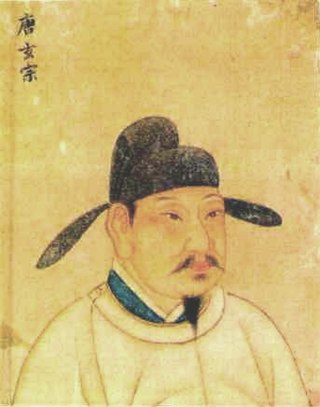Deaths
690
- September 19 – Theodore of Tarsus, Archbishop of Canterbury (b. 602)
- Aimé, Swiss bishop and saint
- Amalberga of Maubeuge, Lotharingian saint (approximate date)
- Benedict Biscop, Anglo-Saxon abbot
- Bertha of Val d'Or, Frankish abbess (approximate date)
- Julian, archbishop of Toledo (b. 642)
- Kusaila, Berber leader (approximate date)
- Landrada, Frankish abbess (approximate date)
- Nukata, Japanese poet (b. c. 630)
- Oswine, king of Kent (approximate date)
691
- August 24 – Fu Youyi, official of the Tang dynasty
- November 7 – Cen Changqian, official of the Tang dynasty
- November 7 – Ge Fuyuan, official of the Tang dynasty
- Fithceallach mac Flainn, king of Uí Maine (Ireland)
- Theuderic III, king of the Franks (b. 654)
- Sun Guoting, Chinese calligrapher (b. 646)
692
- Abd-Allah ibn al-Zubayr, Arab sahabi (b. 624)
- Asmā' bint Abi Bakr, companion of Muhammad
- B'alaj Chan K'awiil, a Maya ruler of Dos Pilas (b. 625)
- Two Ewalds, Saxon priests (approximate date)
- Chrothildis, Frankish queen regent
693
- Begga, Frankish abbess (b. 615)
- Bridei III, king of the Picts
- Earconwald, bishop of London
- Fáelchar ua Máele Ódrain, king of Osraige (Ireland)
- Oshere, king of Hwicce (Mercia)
- Paul III, patriarch of Constantinople

694
- Clovis IV, King of the Franks (b. 677)
- Coenred, king of Dorset (approximate date)
- Rodoald, duke of Friuli (Italy)
- Xue Huai-yi, Chinese Buddhist monk
695
- Ado, duke of Friuli (Northern Italy)
- Ansbert of Rouen, Frankish bishop
- Chan Imix K'awiil, Mayan ruler ( ajaw )
- Sæbbi, king of Kent (approximate date)
- Stephen the Persian, chief eunuch and sakellarios of the Byzantine Empire under Justinian II
696
- August 13 – Takechi, Japanese prince (b. c. 654)
- Domnall Donn, king of Dál Riata (Scotland)
- Vinayaditya of Vatapi, king of the Chalukya dynasty and predecessor of Vijayaditya.
- Woncheuk, Korean Buddhist monk (b. c. 613)
697
- Eochaid mac Domangairt, king of Dál Riata
- Ferchar Fota, king of Dál Riata (Scotland)
- Hugobert, Merovingian noblemen (seneschal)
- Nordebert, mayor of the palace of Neustria
- Osthryth, queen of Mercia (English Midlands)
698
- May 6 – Eadberht, bishop of Lindisfarne
- July 22 – Wu Chengsi, nephew of Chinese sovereign Wu Zetian
- Ainbcellach mac Ferchair, king of Dál Riata (Scotland)
- Berthtred, Anglo-Saxon noblemen (approximate date)
- Rieul, bishop of Reims (approximate date)
- Suraqah al-Bariqi, Arab poet (b. 621)
- Trudo, Frankish abbot (approximate date)
699




